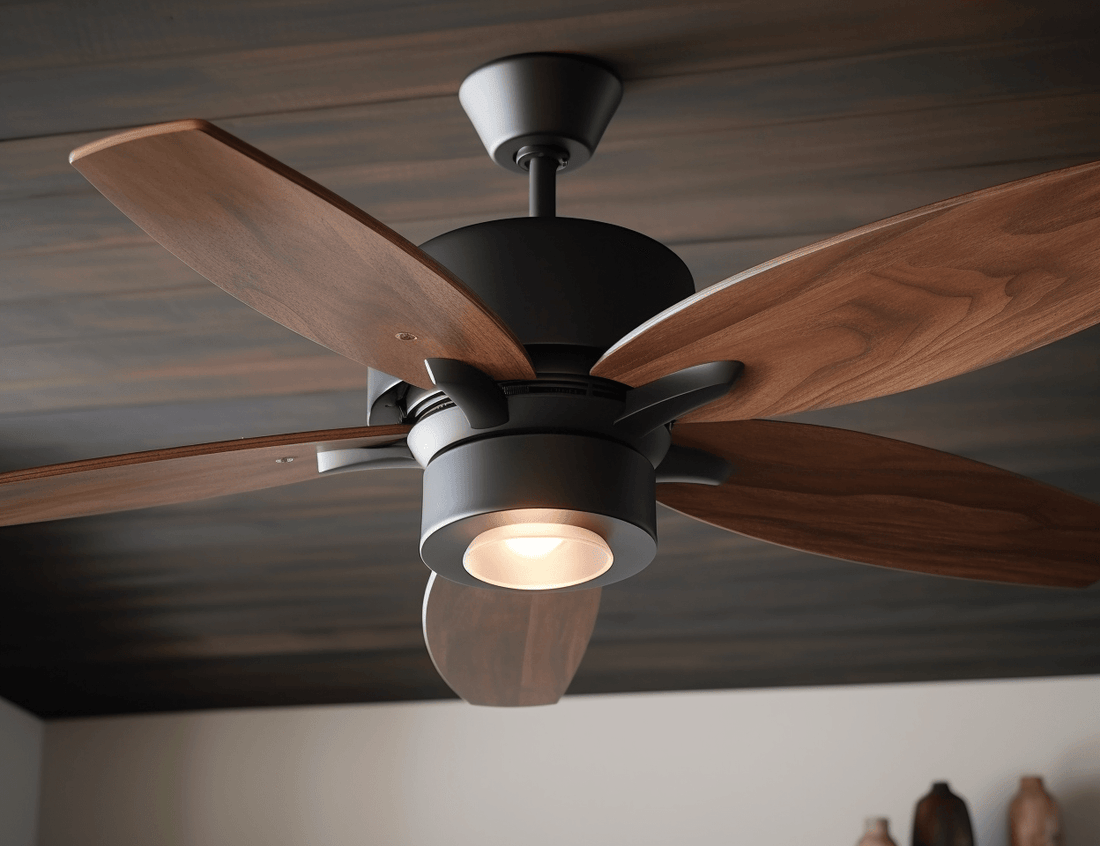As you navigate the evolving temperature conditions that each season brings, your ceiling fan can play an integral role in maintaining your comfort level. However, the efficiency of your fan depends significantly on its direction of rotation. This guide will provide comprehensive information on the ideal ceiling fan direction for summer and winter, and how to adjust it accordingly. In addition, we will provide you with valuable insights on choosing the best ceiling fans, including indoor ceiling fans with lights, outdoor ceiling fans with light, and the best outdoor fan.
Understanding the Direction of Ceiling Fan Rotation
The direction your ceiling fan spins matters. Ceiling fans have the capability to rotate in two directions: clockwise and counter-clockwise. Modern indoor fans and indoor outdoor ceiling fans come equipped with a mechanism, be it a remote module, physical switch, or smartphone app, to alter the blade's direction as needed.
Clockwise Rotation
When the fan blades rotate in a clockwise direction, they move air upwards towards the ceiling. This movement pushes the warm air that naturally rises back downwards, which is particularly beneficial during the winter months.
Counter-Clockwise Rotation
In contrast, a counter-clockwise rotation pushes air downwards to create a cool, breezy effect. This direction is most effective during the summer months when a refreshing, cool breeze is desired.
Summer and Winter Settings for Ceiling Fans
Ceiling Fan Direction in Summer
During the summer months, the best ceiling fans and outdoor ceiling fans with light should be set to rotate counter-clockwise. This direction creates a downward airflow, producing a wind chill effect that can make the room feel cooler and more comfortable, whether you're enjoying your ceiling fans for porch or ceiling fans outdoor patio.
Ceiling Fan Direction in Winter
During the winter, the direction of your indoor fans or indoor outdoor ceiling fans should be set to clockwise. The upward airflow created by this direction circulates the warm air trapped near the ceiling back down into the room. This circulation can make your space feel warmer and more comfortable, without putting a significant strain on your heating system.
Adjusting Ceiling Fan Direction
Changing the direction of your ceiling fan is relatively easy, but the process varies depending on the type of control your fan uses. Whether you have a pull chain, wall switch, remote, or app-operated fan, adjusting the direction is usually straightforward. For fans like the 42 ceiling fan with light flush mount or the 44 inch ceiling fan, a small switch on the side of the fan assembly allows for easy direction changes. For outdoor wet ceiling fans or outdoor ceiling fans with remote, a simple press of the reverse button can change the direction of the fan.
Using Ceiling Fans with Air Conditioning
When used alongside air conditioning, ceiling fans can enhance the efficiency of your cooling system. By creating a wind chill effect, the fan can make the room feel cooler without needing to lower the thermostat setting. This synergy can help save energy and reduce electricity bills.
Choosing the Best Ceiling Fans for Different Spaces
When it comes to selecting the perfect fan for your space, there are numerous options to choose from. Whether you're looking for an exterior ceiling fan, small outdoor ceiling fans without lights, large outdoor ceiling fan, or flush mount ceiling fan with light and remote, the key is to ensure the fan is suitable for your space and meets your needs.
For outdoor spaces like porches and patios, outdoor fans for porch, outdoor fans near me, and patio best outdoor ceiling fans are excellent options. These fans are designed to withstand the elements and provide


